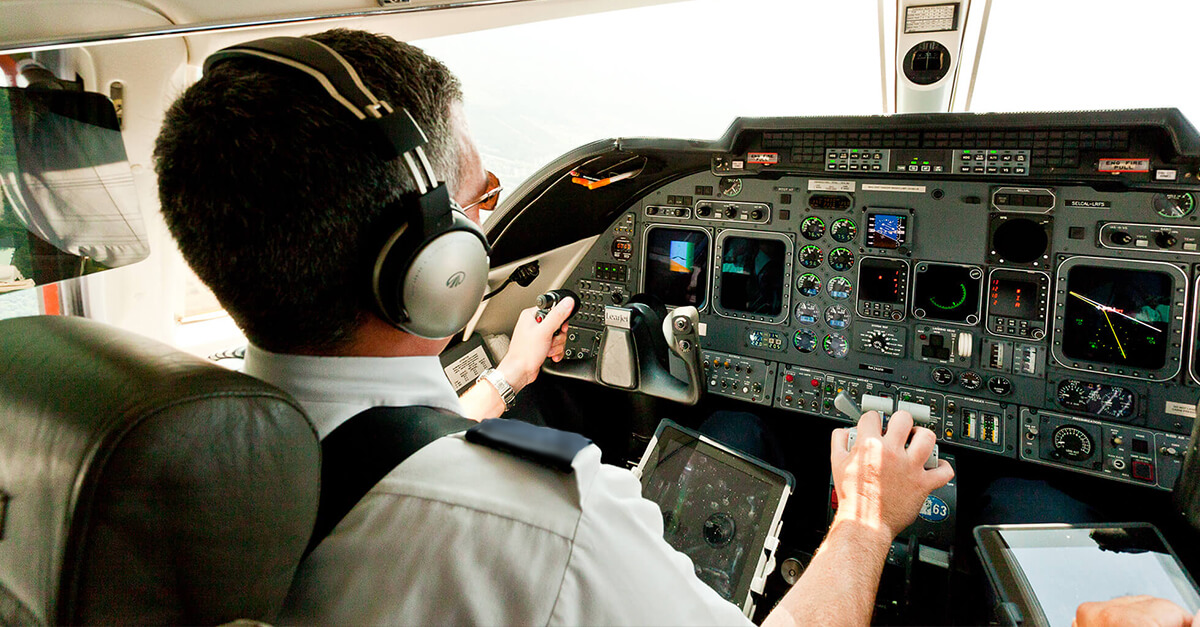
April 20, 2020
A recently released NTSB study highlights the importance of educating pilots on the potentially harmful impact of medications and drugs on pilots’ fitness for duty.
The NTSB study, which investigated toxicology reports from almost 1,000 aviation accidents in the U.S. between 2013 and 2017, found that 59% of fatally injured pilots tested positive for at least one potentially impairing drug – either over the counter (OTC) or prescription – or tested positive for an illicit drug.
The NTSB found that diphenhydramine — a sedating antihistamine and active ingredient in many OTC allergy, cold and sleep aid treatments — was “the single most commonly identified potentially impairing drug” taken by fatally injured pilots.
The safety board also called for the FAA to update and publicize information on marijuana usage that reinforces its unchanged status as an illicit drug under federal law. The NTSB also wants the FAA to conduct research to assess the relationship between drug use and accident risk.
Read the NTSB Safety Research Report: Update to Drug Use Trends in Aviation. (PDF)
“Education is key to ensuring the safety of our pilots,” said Gregory Farley, manager of aviation and security at John Deere Aviation and Working Group Lead for Fitness for Duty on NBAA’s Safety Committee. “One of the biggest concerns for aviation is the reliance on self-medication to regulate sleep. The problem is compounded when you add seasonal issues like allergies. So as an industry, we must do more to inform pilots about the safety implications of using medications and that there are resources available for them to use to ensure their fitness for duty.”
Those resources include a new FAA tool that provides detailed instructions on the use of OTC medicines, including go/no-go guidance, a questionnaire to determine fitness to fly, and ingredients and warnings to be cognizant of when using OTC medication. The resource also provides clear direction on the FAA’s five-dosage waiting period when taking medication.
View the FAA’s OTC Medications Resource. (PDF)
NBAA also provides regularly updated information about medical issues online that helps pilots navigate the complexities of meeting and maintaining fitness for duty, added Farley. In addition, pilots can seek advice from aviation medical examiners or resources like Colorado-based Aviation Medicine Advisory Service, which provides a wealth of information for flight crew members.
Visit NBAA’s Medical Issues Resources.
Dr. Quay Snyder, president, CEO and co-founder of Aviation Medicine Advisory Service, advises pilots to also remember the FAA’s established IMSAFE checklist – Illness, Medication, Stress, Alcohol, Fatigue and Emotions/Eating and hydration – to determine physical and mental readiness for flying.
“We are seeing an upward trend in the use of all types of medications across the entire aviation industry, as we do for society in general,” noted Snyder. “So it is imperative that pilots have access to clear and detailed guidance on what medications safely can be taken, and when they can be taken. As an industry, we have taken great steps in the right direction, but when it comes to safety, there is always more that can be done.”


 International Business Aviation Council Ltd.
International Business Aviation Council Ltd.